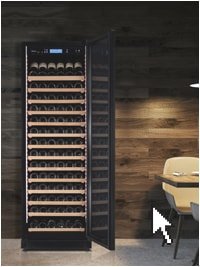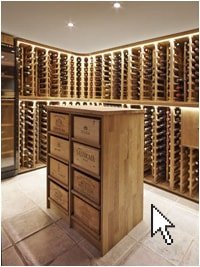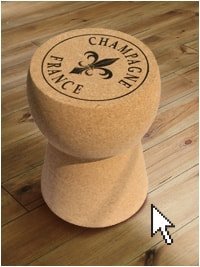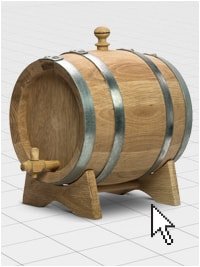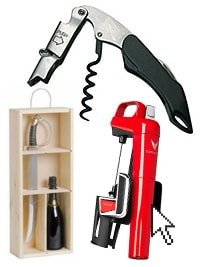Preparing A New Wine Barrel For Use
Preparing a new wine barrel for immediate use
When your wine barrel is delivered the wood is completely new and there may be a little sawdust and sanding dust remaining in the barrel. It?s always best to remove this before filling the vessel with your precious liquids. Also, wood is a natural material in constant development, depending on temperature and humidity. Therefore, the wood needs to be "saturated" with water so that any small cracks can be sealed as it expands. It's something of a personal choice which method you think is best, but here are 2 options.
Some people use only method A, others only method B, while some choose to use both. But it?s been my experience that method A is best to seal small cracks.
Method A:
1. Fill the barrel completely with cold water.
2. Leave the barrel filled for 48 hours.
3. Empty the barrel, rinse it with fresh water and let it drain completely. If any sawdust emerges when you empty the barrel, repeat with more rinses.
Method B:
1. Fill the barrel with approximately 20 liters of very hot water (175 ° F / 80 ° C).
2. With the barrel upright, rotate both ends for at least two full turns. The bung must be in place.
3. Place the barrel with bunghole downwards and move it from side to side, allowing the barrel to slosh the water around inside. Repeat this action until the barrel has made four complete revolutions. Remove the bung and allow the barrel to drain completely.
What do you do if a leak occurs?
1. Empty the barrel completely and let it dry for about an hour with bunghole downwards.
2. Repeat testing the barrel with method B, as seen in "Barrel preparation for immediate use".
3. Empty the barrel, rinse it with fresh water and let it drain completely.

Preparing a new wine barrel for immediate use
When your wine barrel is delivered the wood is completely new and there may be a little sawdust and sanding dust remaining in the barrel. It?s always best to remove this before filling the vessel with your precious liquids. Also, wood is a natural material in constant development, depending on temperature and humidity. Therefore, the wood needs to be "saturated" with water so that any small cracks can be sealed as it expands. It's something of a personal choice which method you think is best, but here are 2 options.
Some people use only method A, others only method B, while some choose to use both. But it?s been my experience that method A is best to seal small cracks.
Method A:
1. Fill the barrel completely with cold water.
2. Leave the barrel filled for 48 hours.
3. Empty the barrel, rinse it with fresh water and let it drain completely. If any sawdust emerges when you empty the barrel, repeat with more rinses.
Method B:
1. Fill the barrel with approximately 20 liters of very hot water (175 ° F / 80 ° C).
2. With the barrel upright, rotate both ends for at least two full turns. The bung must be in place.
3. Place the barrel with bunghole downwards and move it from side to side, allowing the barrel to slosh the water around inside. Repeat this action until the barrel has made four complete revolutions. Remove the bung and allow the barrel to drain completely.
What do you do if a leak occurs?
1. Empty the barrel completely and let it dry for about an hour with bunghole downwards.
2. Repeat testing the barrel with method B, as seen in "Barrel preparation for immediate use".
3. Empty the barrel, rinse it with fresh water and let it drain completely.
















